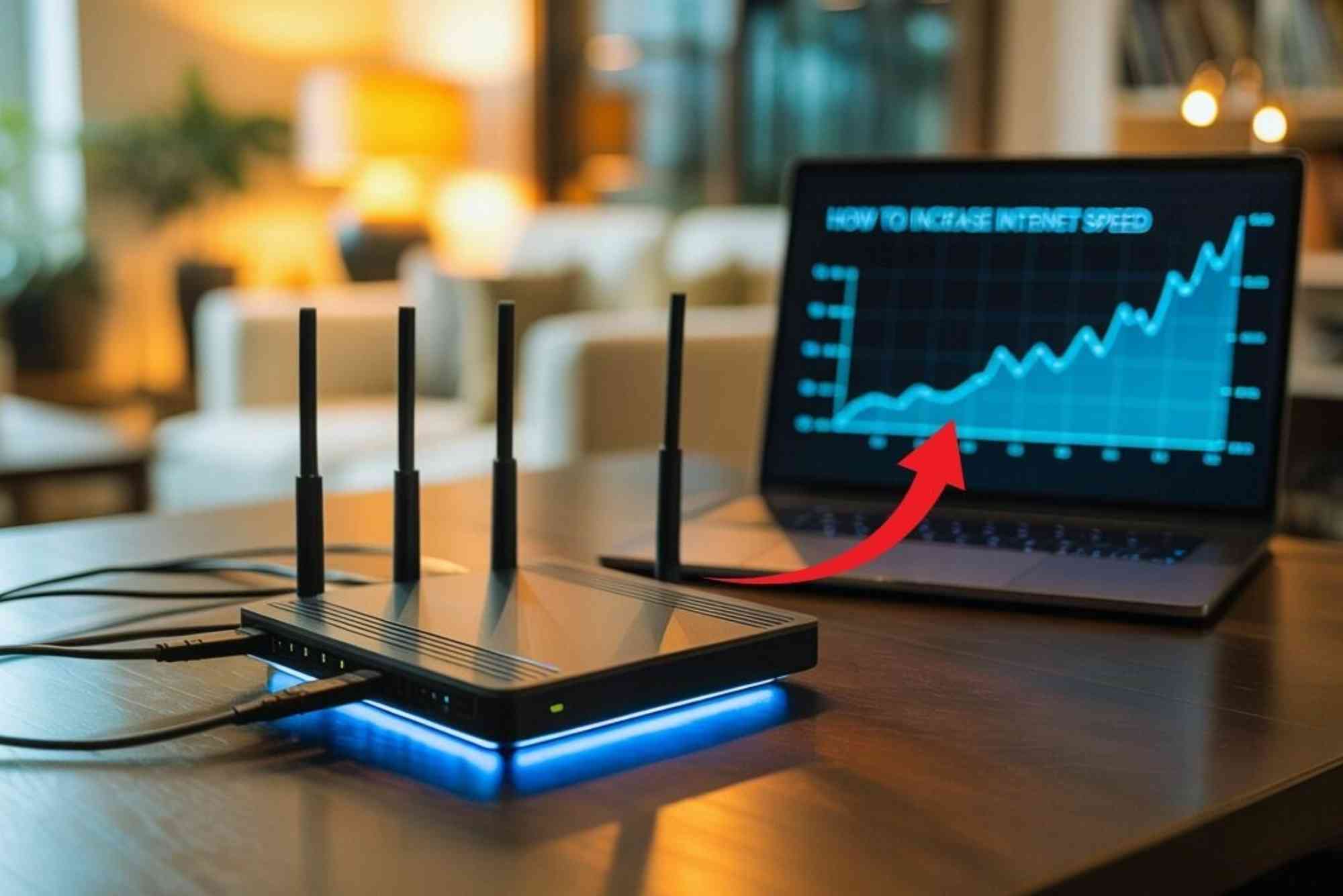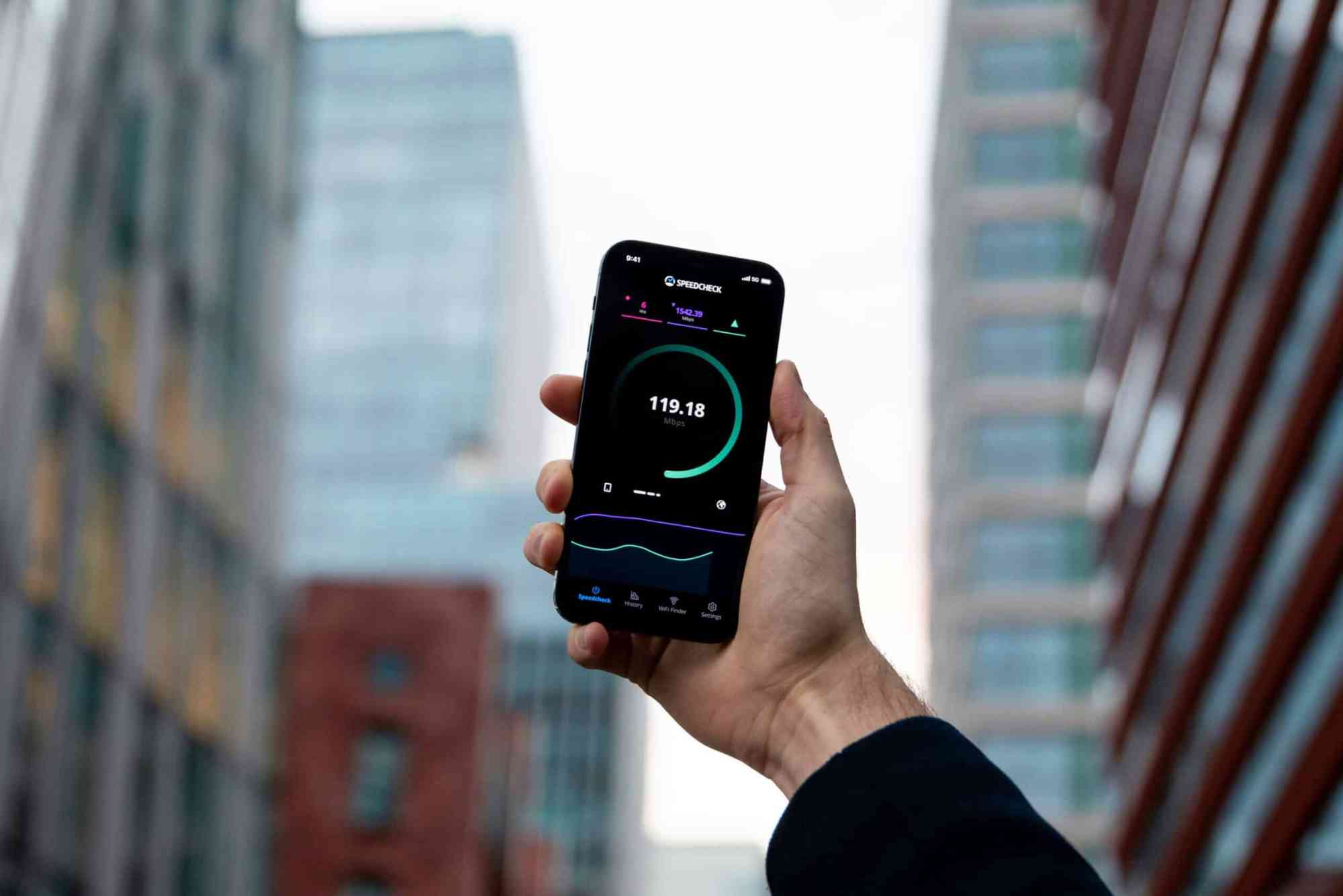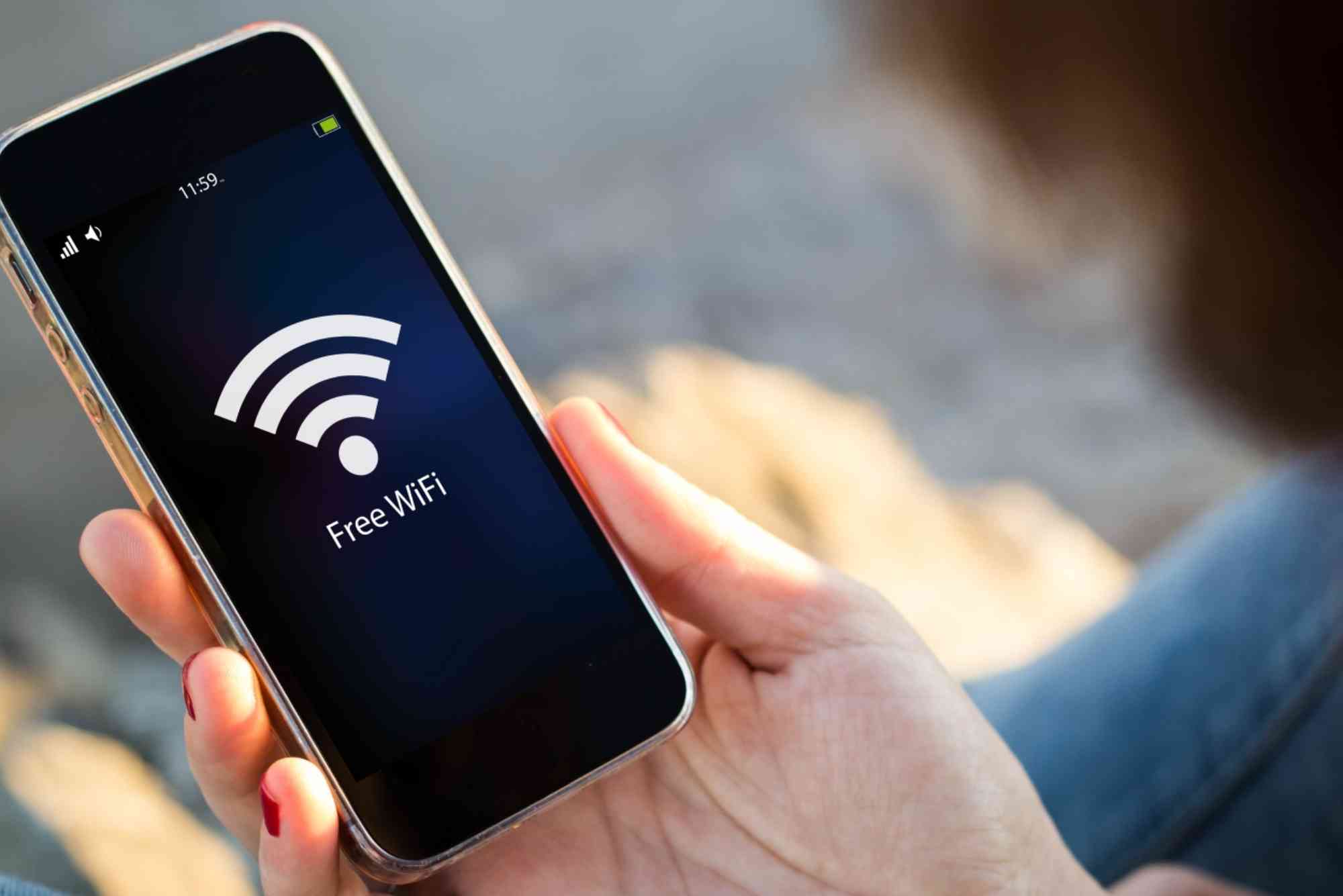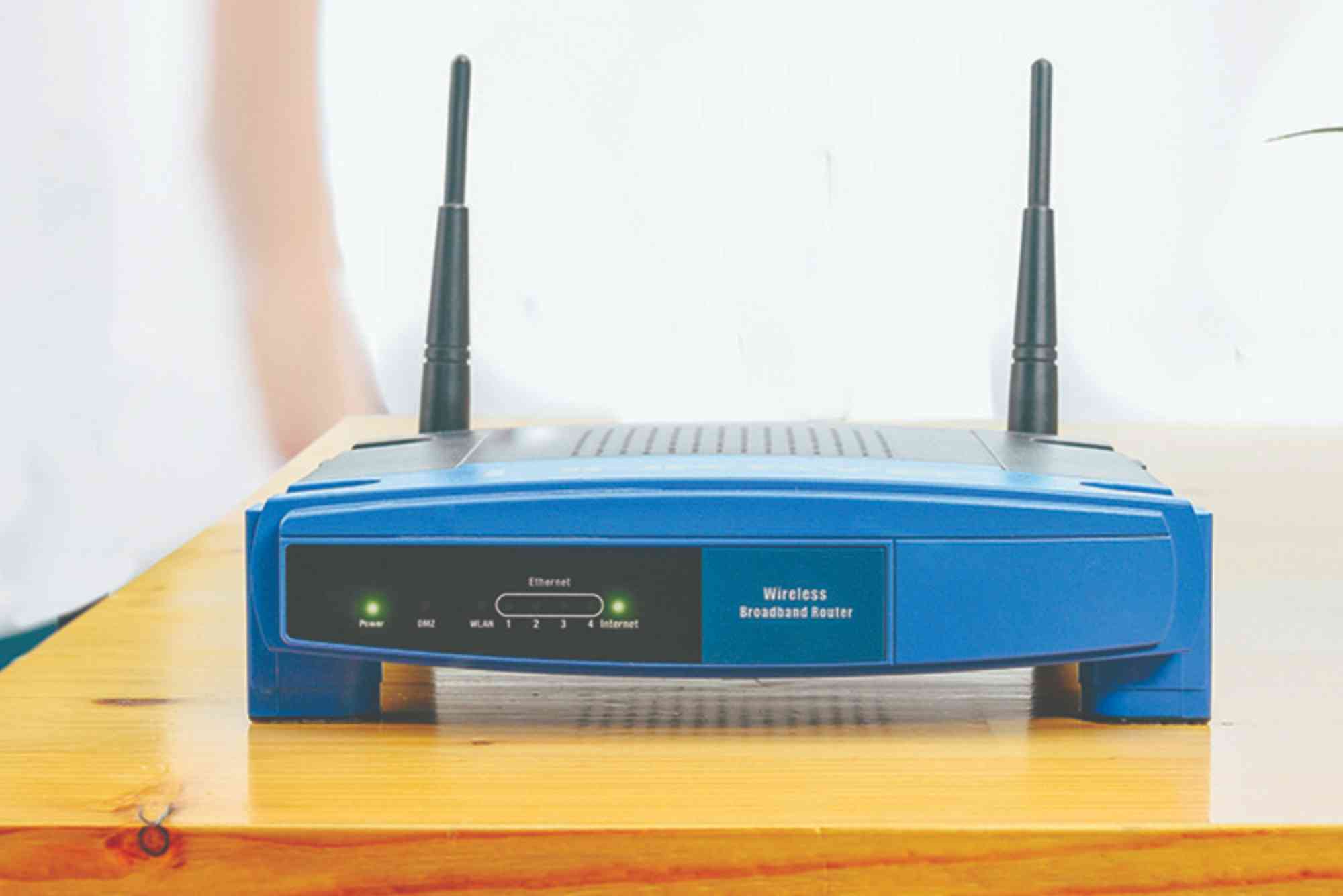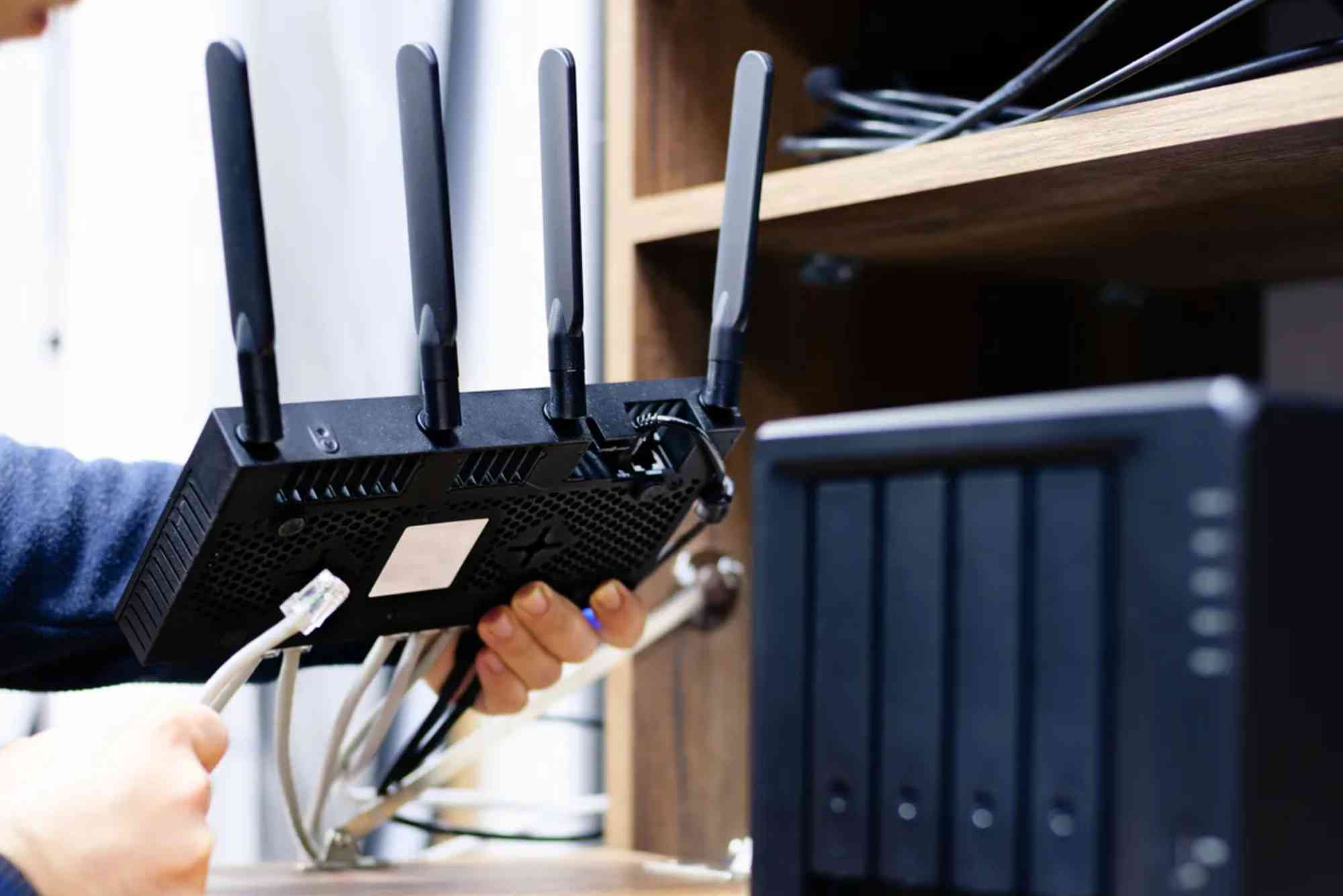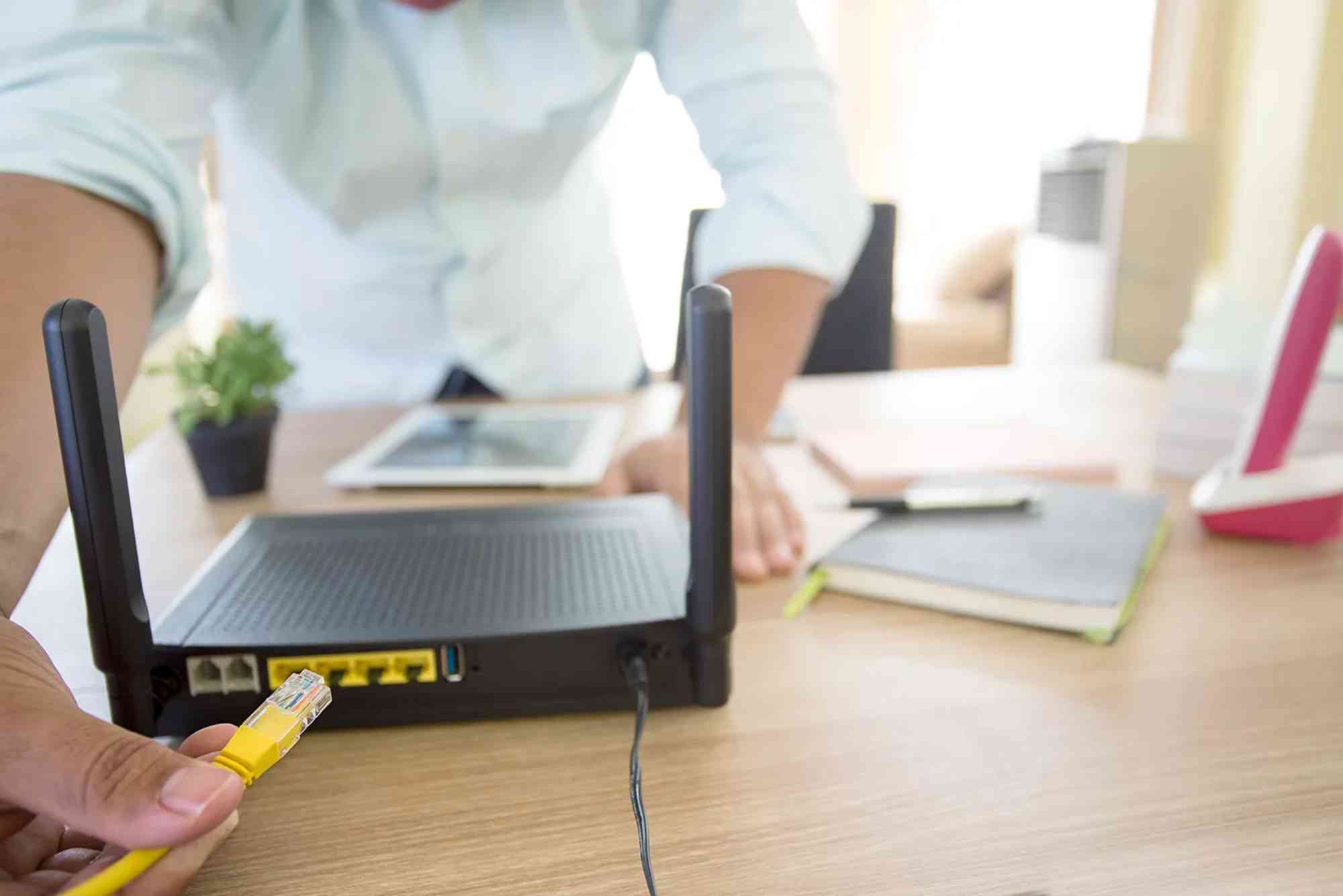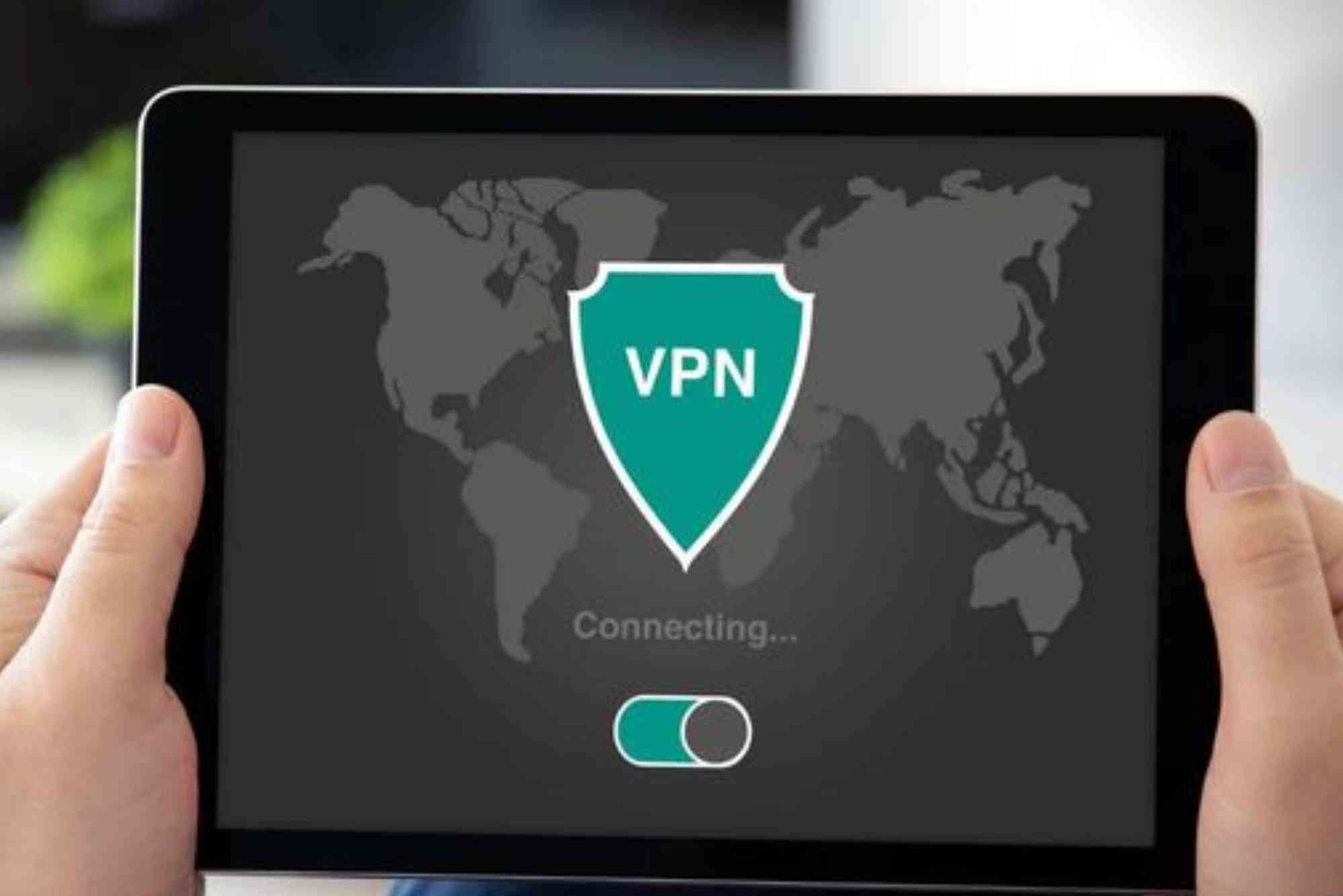Cable Internet Upload Speed Limits Explained
In today’s connected world, fast and reliable internet is a necessity. While cable internet is popular for its affordability and availability, many users wonder why upload speeds are significantly slower than download speeds. These differences are known as cable internet upload speed limits, and understanding them can help you make smarter choices for your home or business internet.
This article explores why upload speeds are capped, how they impact daily online activities, and what steps you can take to overcome these limitations.
Why Cable Internet Upload Speed Limits Exist
Cable internet is built on coaxial cable technology, which was originally designed for TV broadcasting rather than two-way communication. Unlike fiber-optic networks, which allow equal bandwidth for uploads and downloads, cable networks prioritize download capacity.
Shared Bandwidth System
Cable internet uses a shared network. Your household shares bandwidth with neighbors in the same area. To ensure smooth service for everyone, internet providers limit upload capacity.
Technical Constraints
Cable modems rely on DOCSIS (Data Over Cable Service Interface Specification) technology. Current versions, like DOCSIS 3.0 and 3.1, support faster uploads than before, but still restrict speeds to avoid congestion.
Provider Policies
Some ISPs intentionally cap upload speeds to encourage upgrades or to maintain stability. This makes cable internet upload speed limits both a technical and business decision.
How Upload Speed Limits Affect You
Your upload speed may not seem important until you start activities that require strong upstream bandwidth.
Video Conferencing and Remote Work
Tools like Zoom, Microsoft Teams, and Google Meet need consistent uploads to transmit video and audio. Limited speeds can cause pixelated video, frozen screens, or lag.
Online Gaming
Gamers often blame download speeds for lag, but the real culprit is often poor uploads. Fast uploads are essential for transmitting real-time commands and data.
Cloud Storage and File Sharing
Uploading large files to Google Drive, Dropbox, or OneDrive can take hours with limited upload speeds. Businesses relying on cloud backups face major delays.
Streaming and Content Creation
If you stream on Twitch or YouTube Live, low upload speeds restrict video quality. Creators may face interruptions, buffering, or even disconnections.
Comparing Cable Upload Speeds with Other Technologies
To understand cable’s limitations, let’s compare it with other internet types.
Cable vs. Fiber Optic
- Cable: Asymmetric, with high downloads (up to 1 Gbps) but modest uploads (10–50 Mbps).
- Fiber: Symmetric, offering equal download and upload speeds up to 1 Gbps or more.
Cable vs. DSL
- DSL: Generally slower overall, but in some cases, upload speeds are similar to cable.
- Cable: Faster downloads but still capped uploads.
Cable vs. Satellite
- Satellite: Uploads can be even slower than cable, often under 5 Mbps.
- Cable: More reliable, though still limited compared to fiber.
How to Test Your Upload Speed
Knowing your current speeds helps identify if cable internet upload speed limits are affecting your activities.
Tools You Can Use
- Speedtest by Ookla
- Fast.com by Netflix
- Google Speed Test
Run tests at different times of the day. Peak usage hours often show slower speeds due to network congestion.
Ways to Improve Cable Internet Upload Speeds
While you can’t always bypass provider restrictions, several steps may help.
Upgrade Your Internet Plan
Check if your ISP offers higher-tier packages with better uploads. Some providers bundle “premium upload” options.
Use Modern Equipment
Upgrade to the latest DOCSIS 3.1 modem and a high-quality router. Outdated equipment may bottleneck speeds.
Optimize Network Usage
Avoid uploading large files while on video calls. Schedule cloud backups overnight to prevent slowdowns.
Explore Alternatives
If your area has fiber internet, consider switching for symmetrical speeds. Providers like Dhanote Internet Services offer competitive plans that may suit both home and business users.
The Future of Cable Internet Upload Speeds
ISPs are working on new technology to reduce upload limitations.
DOCSIS 4.0
This next-generation standard promises speeds of up to 6 Gbps uploads, closing the gap with fiber. Early rollouts may begin in select areas over the next few years.
Market Competition
As fiber expands into more cities, cable providers are under pressure to improve. This competition could lead to better upload speeds at lower costs.
FAQs
Why is cable internet slower for uploads than downloads?
Because cable networks prioritize downloads, which most users rely on for streaming, browsing, and media consumption. Uploads receive less bandwidth.
How much upload speed do I need for Zoom calls?
Zoom recommends at least 3 Mbps for HD video. If multiple people use the same network, higher speeds are better.
Can I increase my cable internet upload speed?
You can upgrade your plan, use a DOCSIS 3.1 modem, and reduce background uploads. However, ISP caps can’t be fully bypassed.
Is fiber better for upload speeds than cable?
Yes. Fiber offers symmetrical speeds, meaning uploads match downloads, making it ideal for remote work, gaming, and content creation.
Will cable upload speeds improve in the future?
Yes. With DOCSIS 4.0, upload speeds could improve significantly, though widespread availability may take time.
Cable internet upload speed limits remain a frustration for many users. Whether you’re working from home, streaming live, or uploading large files, slow uploads can hold you back. The good news is that upgrades in equipment, smart network management, and exploring alternatives like Dhanote Internet Services can make a real difference.

